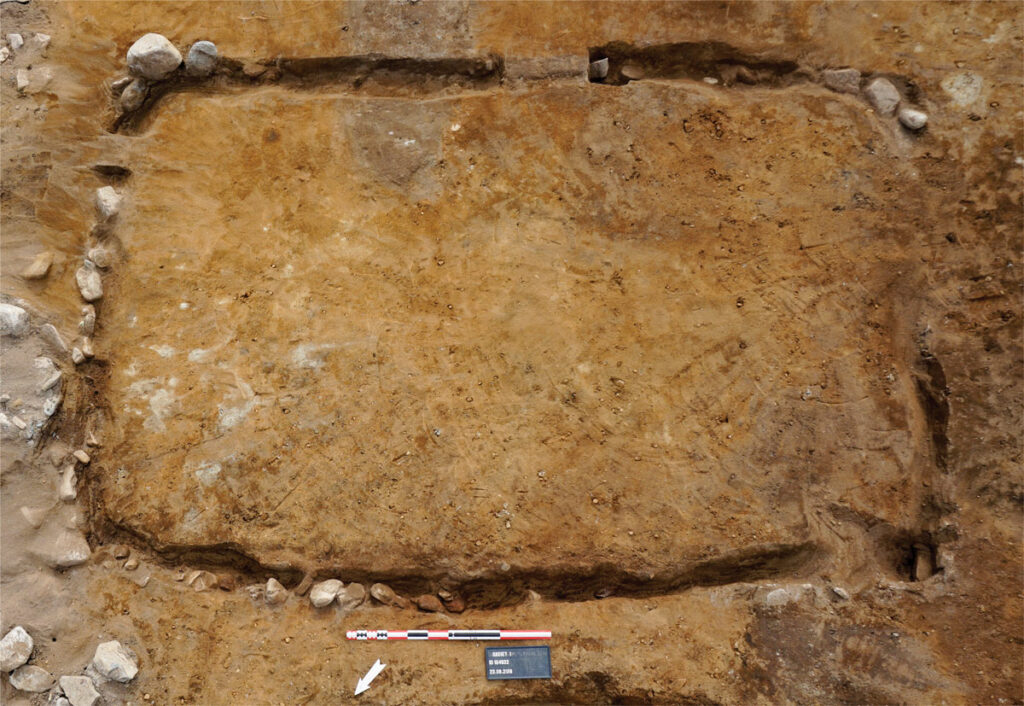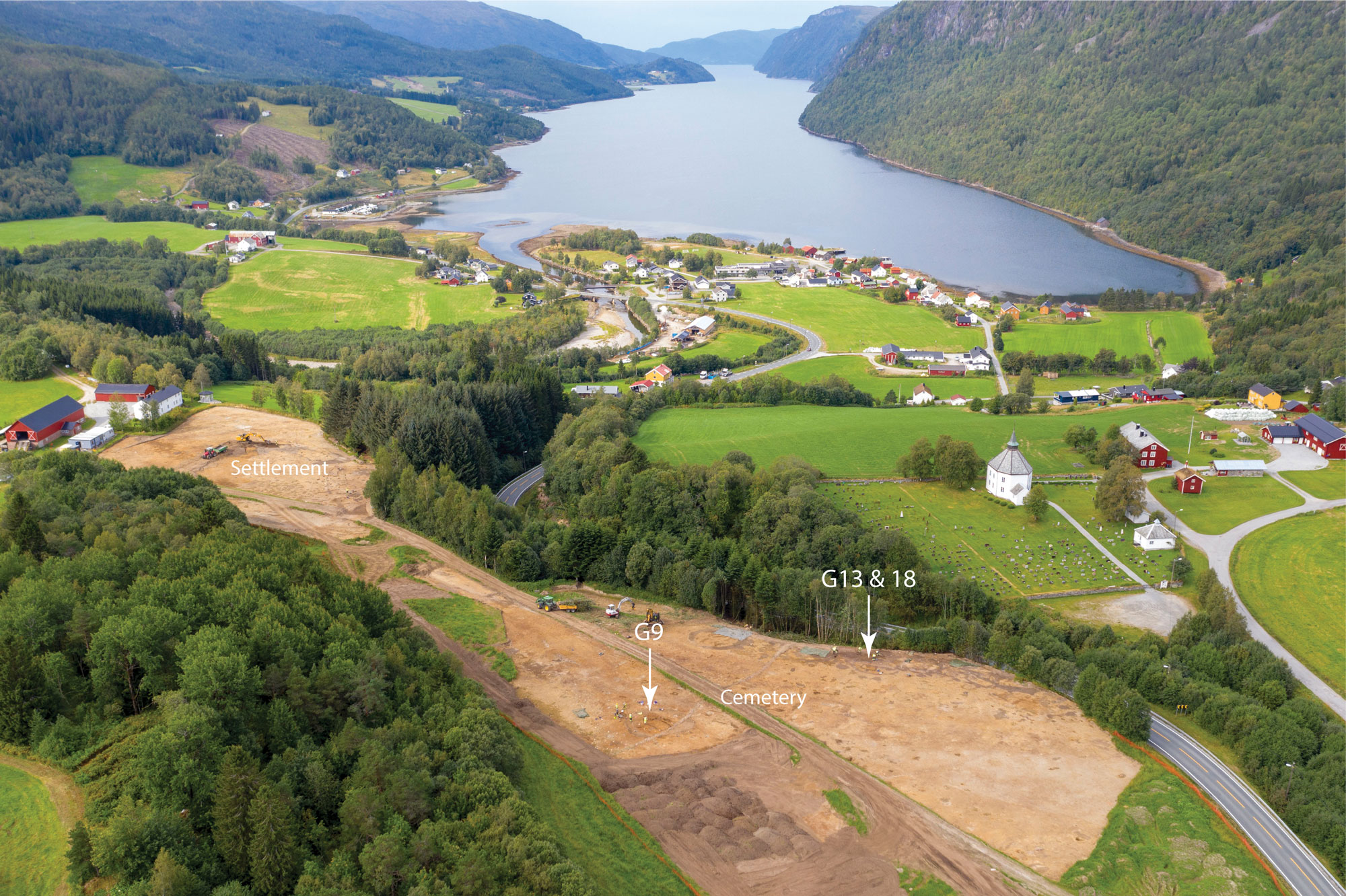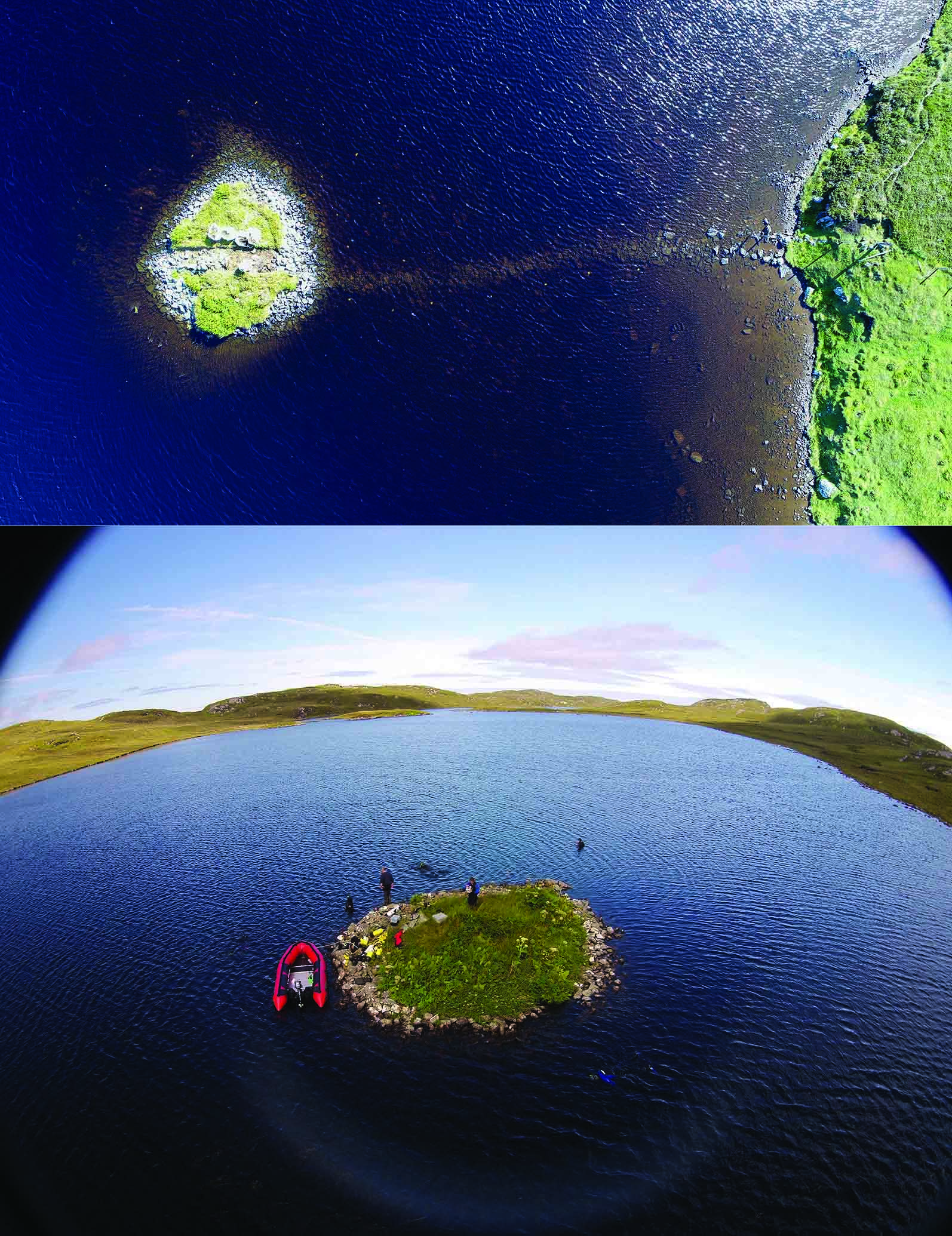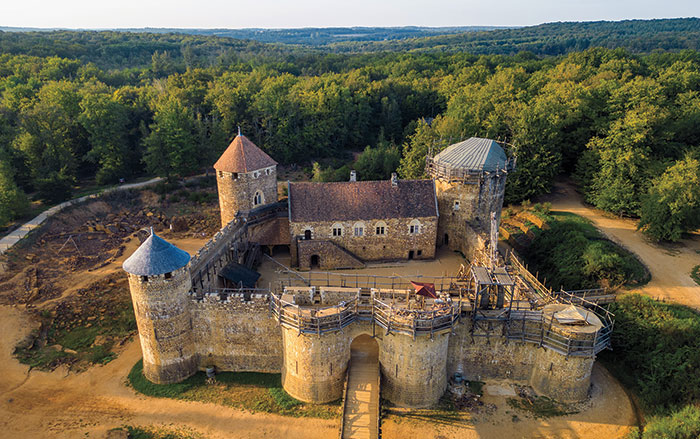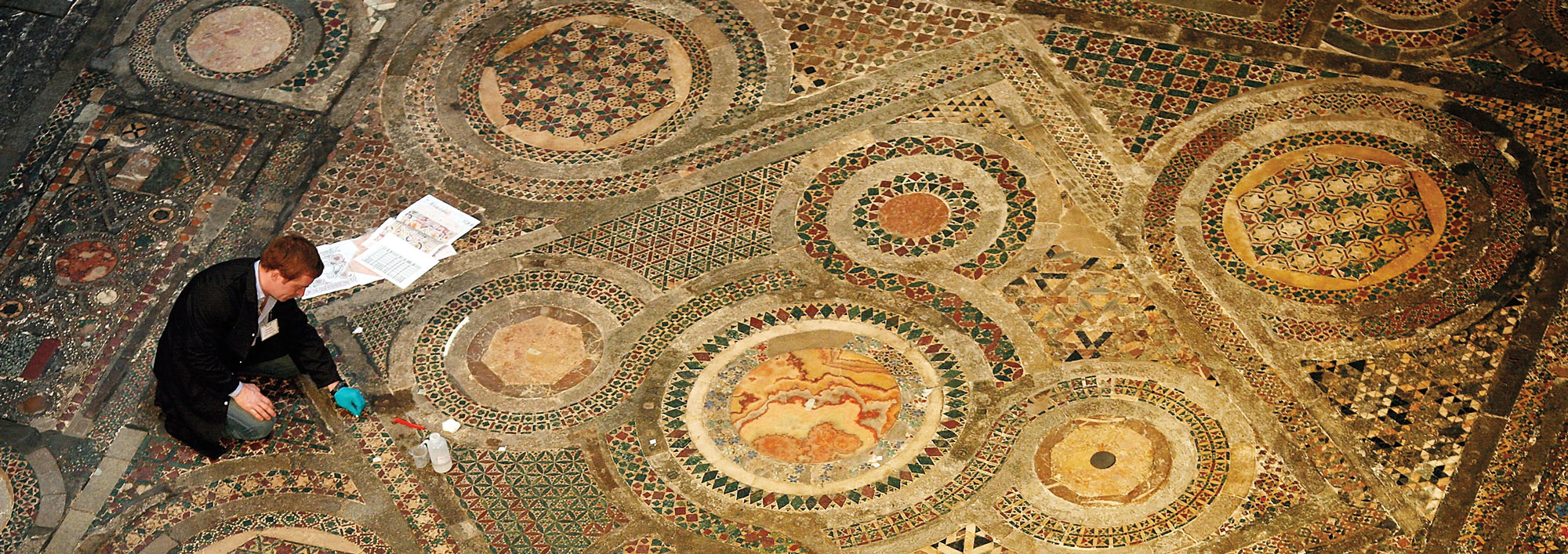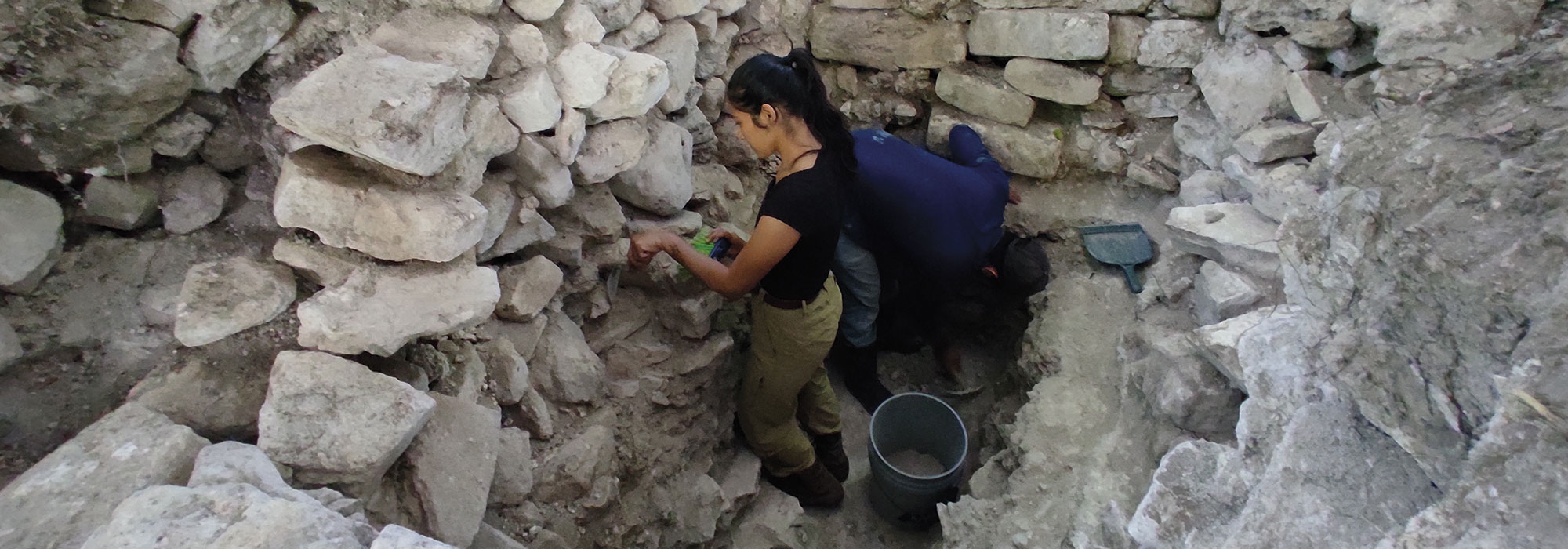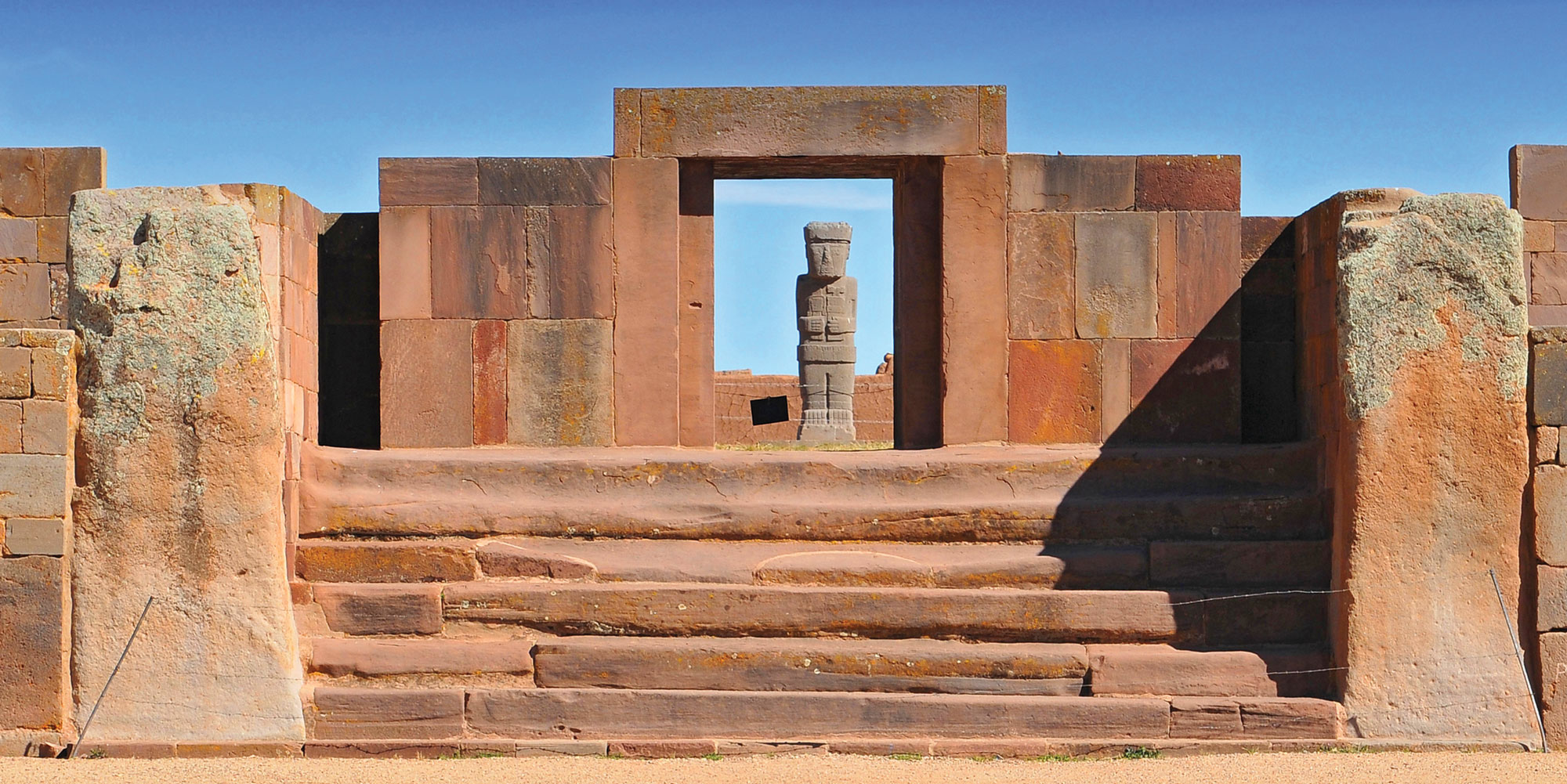VINJEØRA, NORWAY—According to a Cosmos Magazine report, three mortuary houses discovered in central Norway during road construction in 2019 and 2020 have been investigated by researchers from the Norwegian University of Science and Technology (NTNU). One of the houses has been dated to between A.D. 450 and 600, when cremation was primarily practiced. The second structure dates to between A.D. 600 and 800. At this time, burials were becoming more common. By A.D. 800 to 950, when the third mortuary house was constructed, the shift to burial was complete. “I think that the most surprising thing was that we did not find any evidence of a permanent tomb or a buried person inside the houses,” said NTNU archaeologist Raymond Sauvage. “Also, the fact that they had doors and entrances that may have led into the mortuary house and burial mound was something I had not thought of prior to the analysis,” he added. Trampled soil at the entrances indicates that visitors came to the houses. But the size of the mound and the structure suggests that the visitors would have had to crouch while inside it. “The room inside must have been quite small and dark, while the door must have let in some light that illuminated parts of the interior,” Sauvage explained. Animal bones at the site may have been left behind from ritual killing or feasting, he concluded. Read the original scholarly article about this research in Medieval Archaeology. To read about two ship burials uncovered in Vinjeora, go to "Sailing the Viking Seas."
